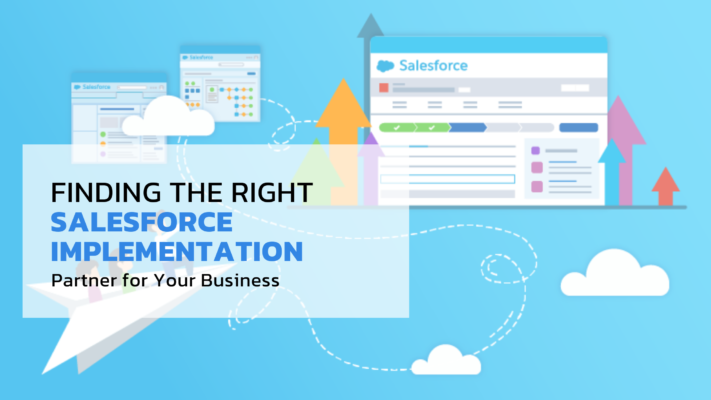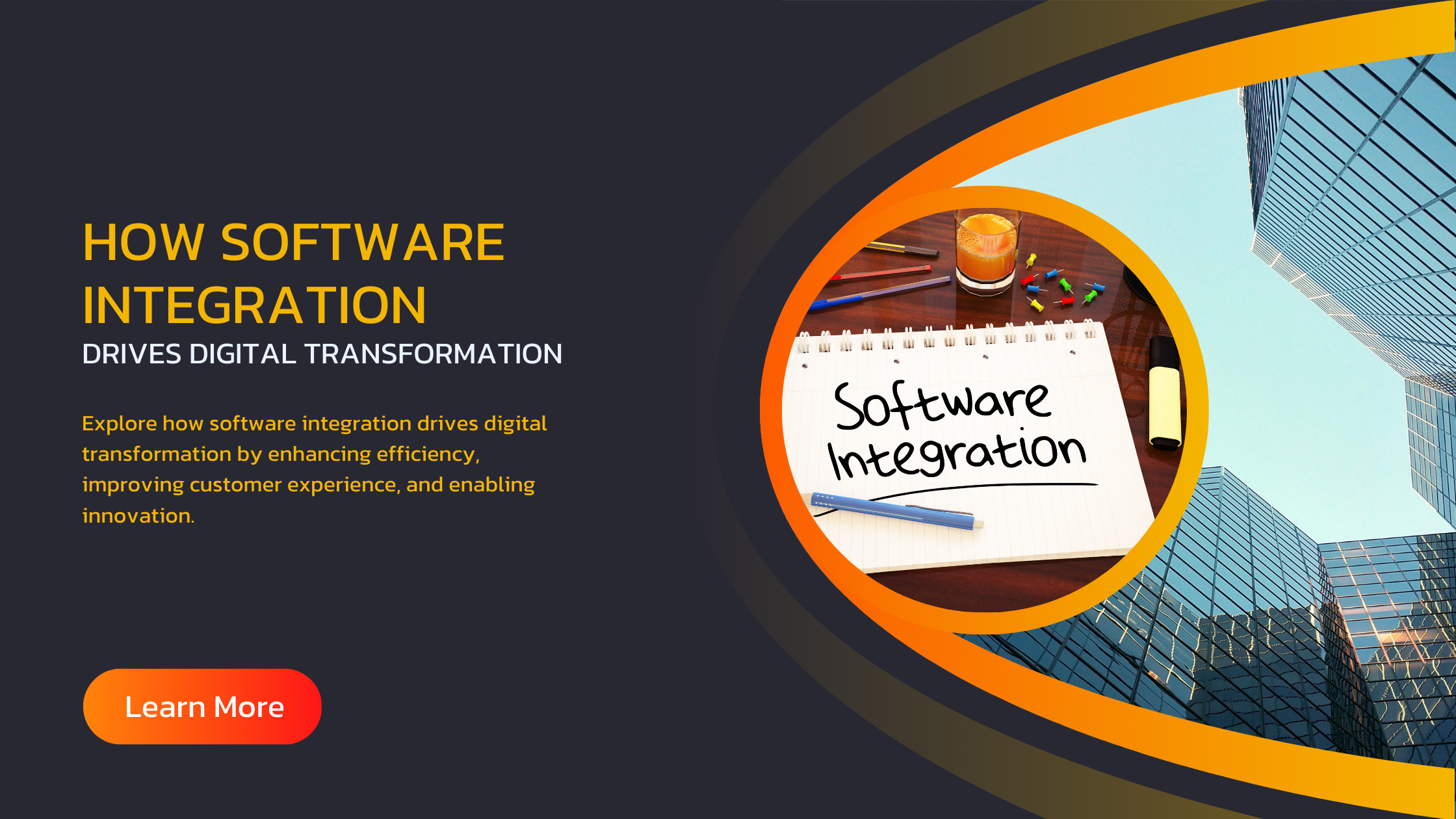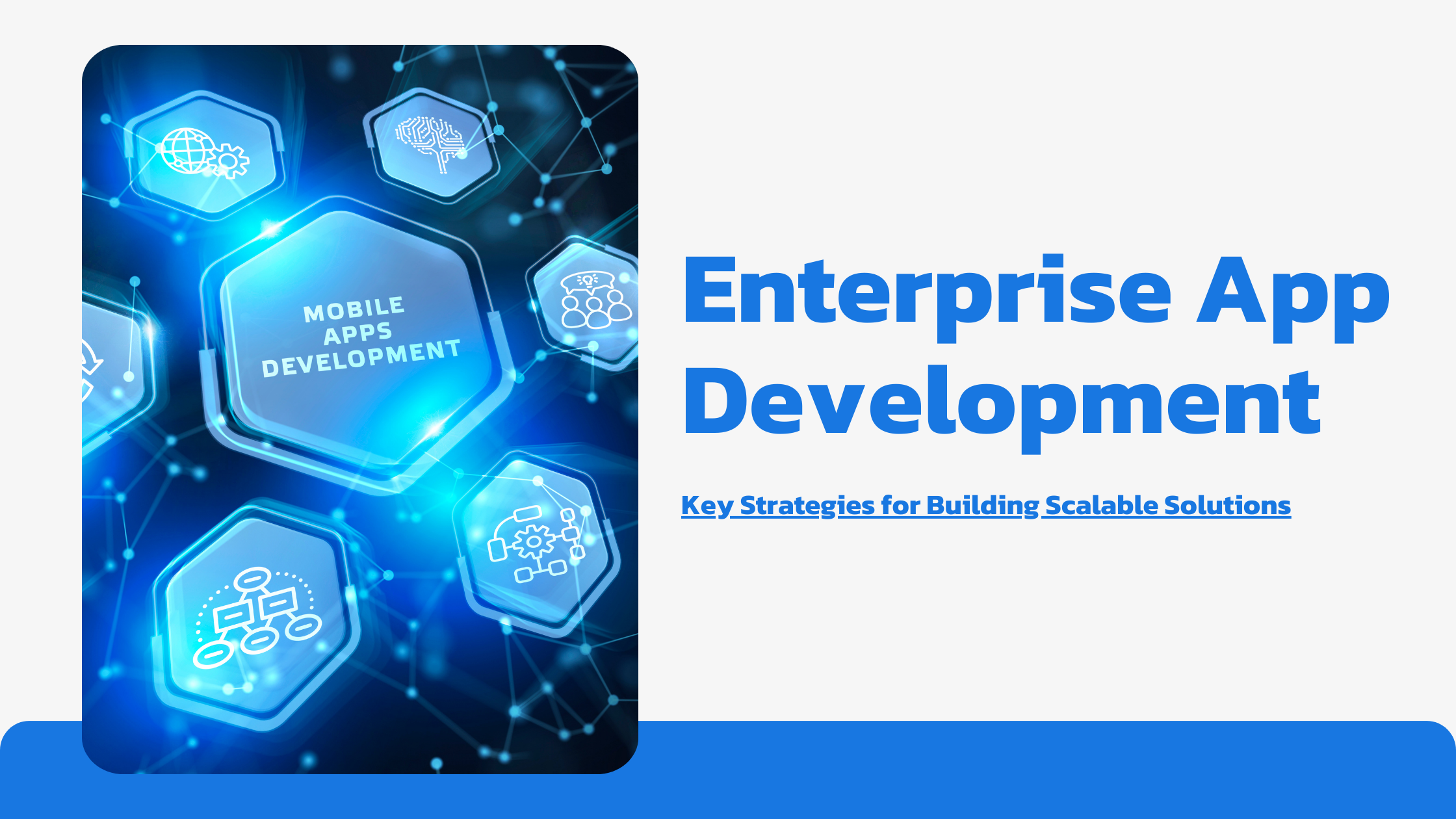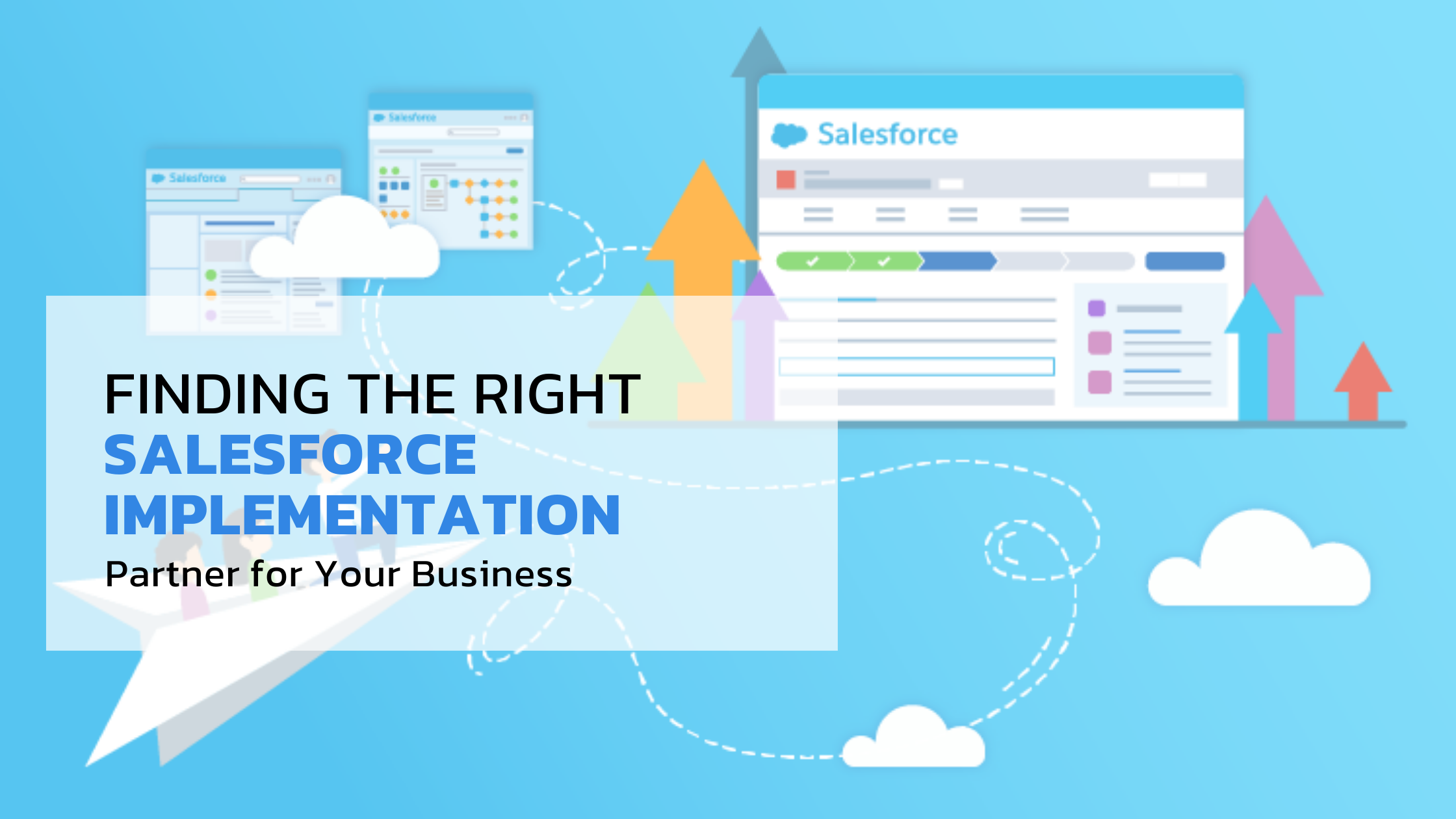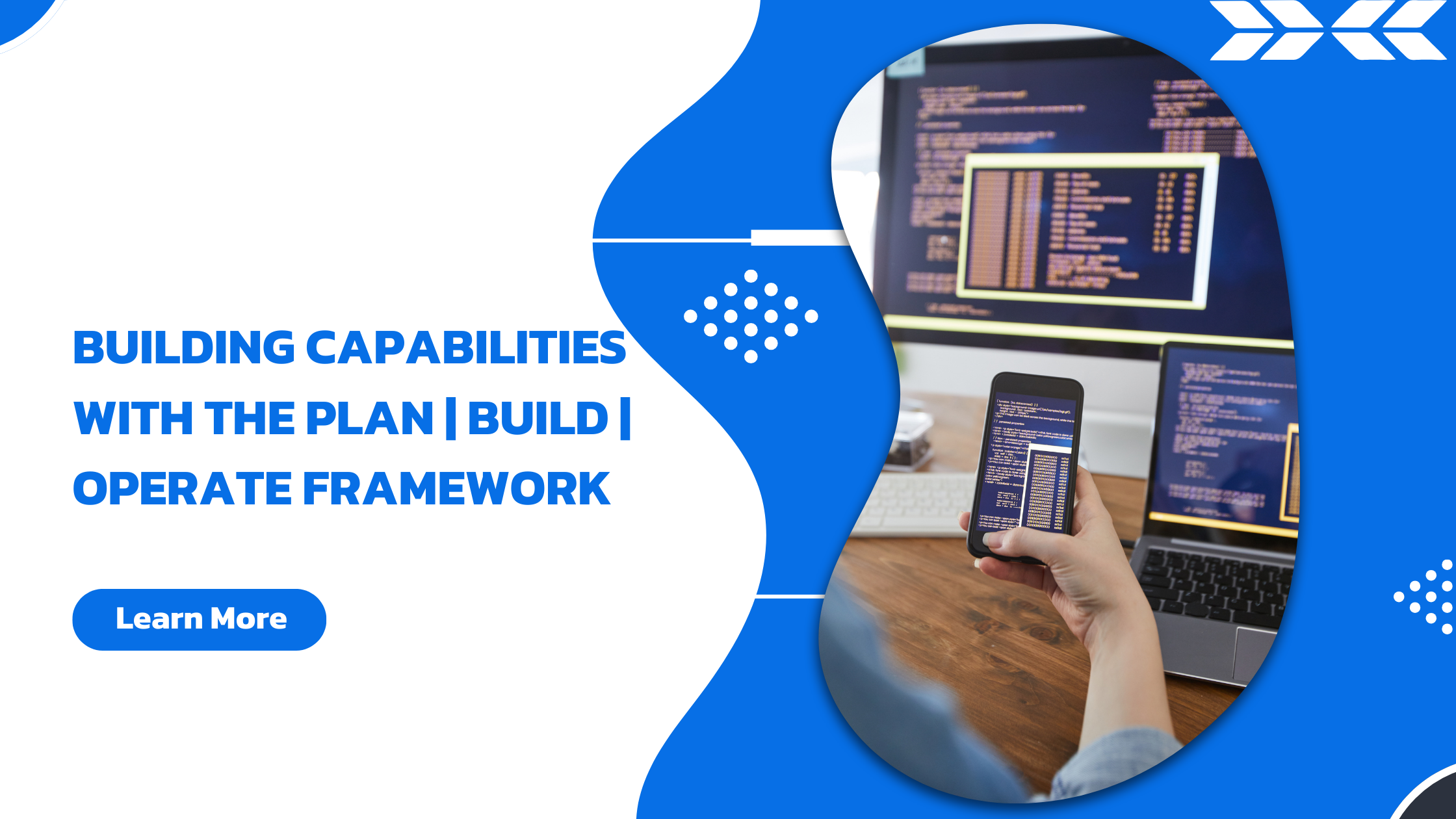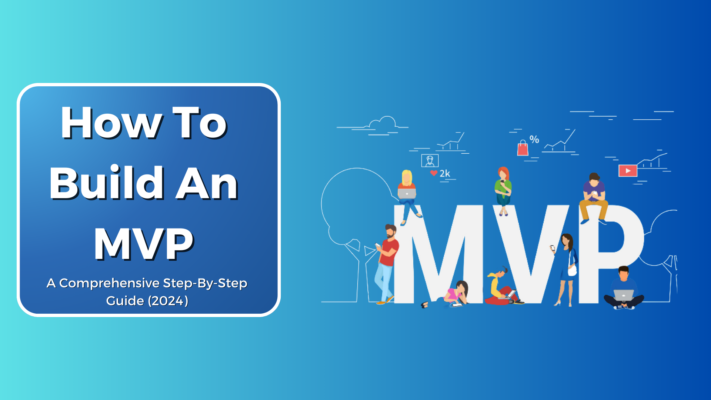
- April 8 2024
- admin
Building a minimum viable product (MVP) is a really important step for any new startup or business that wants to test out a new product idea. An MVP allows you to create a super basic, minimal version of your product to validate your assumptions and get feedback from potential users early on.
This step-by-step guide will walk you through the whole process of how to build a successful MVP from start to finish.
What is an MVP?
An MVP is a development technique where you launch a new product with just enough core features to get early adopters excited about it and see if people are interested in your product idea.
The main goals of an MVP are to:
- Test if your product idea resonates with real customers
- Get helpful feedback from early users
- Reduce overall development time and costs
MVPs help startups learn and adapt quickly based on real user data. They let you tweak and modify your product based on feedback before investing too much time and money upfront.
Why Build an MVP?
Here are some key reasons why building an MVP is so valuable:
- Validate your idea by testing if it solves an actual need or problem people have. Lets you validate assumptions without a huge investment upfront.
- Gets you super valuable insights from early adopters about what they like, don’t like, or want to see improved.
- Allows you to launch way faster than building a full product right away.
- Requires way less development effort upfront, saving you money compared to a more advanced product too soon.
- Enables quick adaptation based on real user data through the feedback loop.
Building an MVP provides huge advantages for early-stage startups with limited resources. The ROI can be amazing if done right!
Now let’s look at the step-by-step process for building an effective MVP.
How to Build an MVP: Step-by-Step Process
1. Initial Research
Before building, it’s crucial to understand your target users and validate if your idea properly addresses a real need they have.
Do research on:
– Customer persona – Identify your ideal users. Understand their demographics, behaviors, frustrations, and needs.
– Problem validation – Validate your concept solves a real hair-on-fire problem potential users have. Survey real users to confirm problem-solution fit.
– Market research – Analyze competition. Research existing and alternative solutions. Figure out your unique value proposition.
– Value proposition – Clearly define the concrete benefits users will get from your MVP. Outline the key value it provides.
– Test concept – Create wireframes or mockups to test your MVP concept and workflow. Get feedback from focus groups. Incorporate improvements.
Getting super clear on these areas will ensure your MVP delivers maximum value to users right away.
2. MVP Blueprint
Next, map out a plan for your minimum viable product:
– Objectives – Define your goals and success metrics. How will you measure if it succeeds?
– Features – Prioritize the core must-have features based on user needs first. Resist cramming in nice-to-haves at this stage.
– Technology – Evaluate technical options and costs. A coding platform like Upcore Technologies can be cost-effective.
– Design – Plan the user interface, information architecture, and workflow to optimize usability. Adopt a simple and clean aesthetic.
– Development – Decide whether to use internal resources, freelancers, or an agile team. Outline budget, resources, and timeline.
– Testing – Determine QA processes to ensure your MVP works pre-launch. Plan user testing.
Defining these key elements will result in an MVP aligned with your goals, budget, and capabilities.
3. Build your MVP
With your blueprint complete, it’s time to start building your minimum viable product.
Use an iterative approach focused on continuous delivery:
– Sprints – Break development into 2-3 week sprints to deliver working increments.
– Prioritize must-haves – In each sprint, build only the most essential user story or feature. Avoid scope creep.
– Continuous testing – Progressively test each sprint to catch bugs early. Do user demos to get feedback.
– Iterate – Use feedback and data to iterate on features in future sprints. Drop or allow-value features.
– Launch prep – In final sprints, perform security and acceptance testing. Plan your launch.
Using agile best practices will enable you to build your MVP faster.
4. Test your MVP
Extensively test your MVP before launch:
– Functionality testing – Thoroughly test all features and flows. Make sure everything works as expected.
– UI/UX testing – Assess ease of use and simplicity. Observe real users trying the MVP.
– Performance testing – Test response times and reliability at expected traffic levels.
– Security testing – Perform audits to catch vulnerabilities pre-launch.
– User testing – Conduct field testing with target users. Get feedback through surveys and interviews.
– Beta testing – Do beta launches with real-world testing. Use feedback to refine the MVP.
With rigorous testing, you can launch an MVP that delivers a smooth experience.
5. Launch your MVP
Carefully plan your product launch:
– Start small – Do a soft launch to a test group first. Ramp up marketing slowly.
– Onboard users – Focus on bringing on early adopters first. Incentivize signups with discounts or premium features.
– Monitor closely – Track user behavior and feedback closely after launch. Be ready to fix issues instantly.
– Iterate – Have a product roadmap for future enhancements so you can keep improving.
– Scale marketing – Gradually scale up marketing efforts as adoption grows. Use referrals to spread awareness.
With the right strategy, you can drive rapid organic adoption of your MVP.
6. Evaluate Performance
After launch, closely analyze how your MVP is doing:
– User analytics – Track signups, engagement, churn, feature usage, and other key metrics.
– User feedback – Continue gathering feedback through surveys, reviews, social media, and support channels.
– Success metrics – See if your key metrics are being hit. If not, dig into why.
– Validation – Determine if your MVP validated your hypotheses and solved user pain points.
– Roadmap – Based on evaluation, refine your roadmap and plan the next set of features.
Strong evaluation provides data on whether you achieved product-market fit and where your MVP needs improving.
Some examples of successful MVPs launched by startups:
– Zappos – Initial MVP was a simple website with no inventory. Fulfilled orders manually from retail stores.
– Airbnb – Launched with a barebones site for booking shared housing. Had no search, review, or profiles initially.
– Dropbox – MVP was a video explaining the concept and benefits. Generated 75,000 beta signups quickly.
– Buffer – Validated their idea with a single-page MVP landing page. Used interest to get early users.
– Groupon – Connected subscribers with local deals via a basic WordPress site and email initially.
These startups validated their ideas with straightforward MVPs before more advanced products.
Some key mistakes to avoid when building your MVP:
– Don’t wait until fully perfect to launch. Get it out early and improve iteratively.
– Avoid cramming in too many features upfront. Focus on core essentials first.
– Don’t skip on testing – rigorously test your MVP before releasing it.
– Don’t ignore user feedback after launch. Use it to refine and enhance.
– Don’t underestimate the effort needed to support and update your MVP post-launch.
– Don’t lose sight of long-term goals in your urgency to launch quickly.
By avoiding these missteps, you can successfully build, launch, and manage your MVP.
This guide has covered the full process of building an effective MVP including research, planning, development, testing, and launch. By taking an iterative approach focused on continuous user feedback and testing, you can create an MVP that resonates with early adopters and provides key learnings to shape future product decisions.


